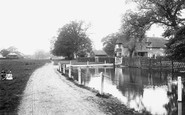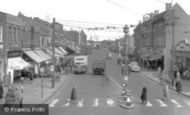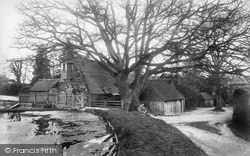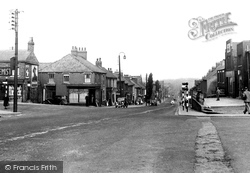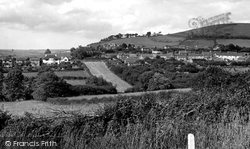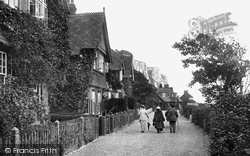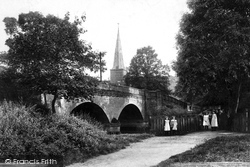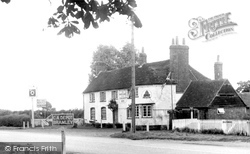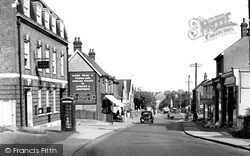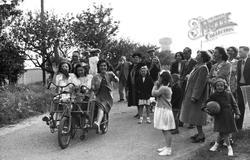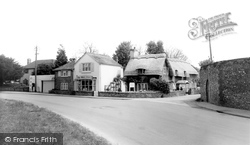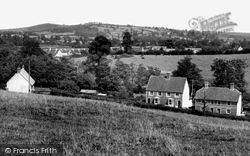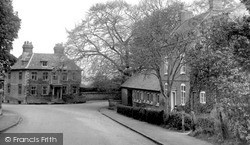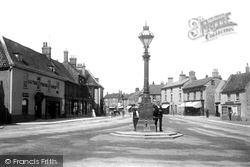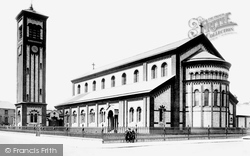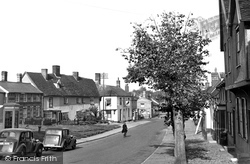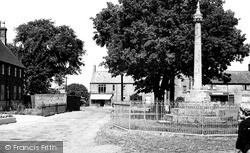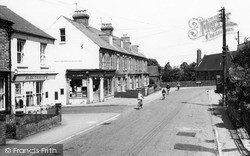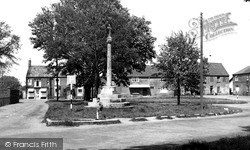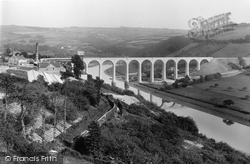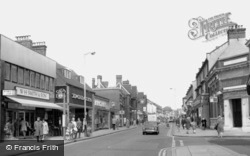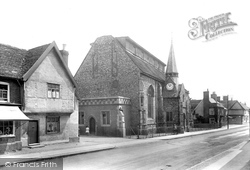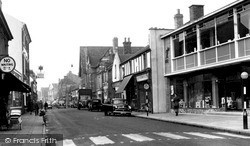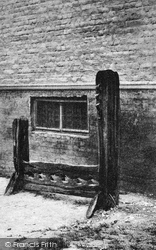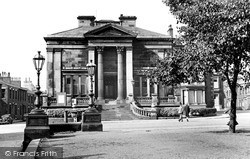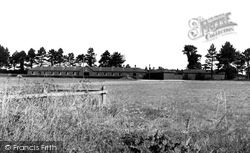Places
Sorry, no places were found that related to your search.
Photos
Sorry, no photos were found that related to your search.
Maps
Sorry, no maps were found that related to your search.
Books
Sorry, no books were found that related to your search.
Memories
655 memories found. Showing results 121 to 130.
Bomb Blast `siding` Margaret Street/Victoria Street.
I recall as a young boy of 7 or 8, that I was among a group of friends playing on the siding at the bottom of Margaret Street. We, as friends, found the bomb on the Rhigos Mountain and carried ...Read more
A memory of Treherbert in 1943 by
Barking... So Very Different Now
We moved to Hertford Road in 1971, I was 3 years old. I remember playing in our overgrown garden which backed on to the Burges road playing fields soon after we moved in. There used to be a horrendous smell from the ...Read more
A memory of Barking by
Cluggies Pond
I obviously don't remember the common in 1911, but I did live in Old Common Road number 15 from about 1943 until 1955. Where the children are sitting was The Common, and a herd of Fresion cows were often grazed there. Old Common Road ran ...Read more
A memory of Cobham by
Brief Memories Of My First School: Noak Hill
It was 1947, when my parents were told they would be able to move from their one room in a house to a Prefab in Harold Hill. My mother was pregnant. You didn't start school until you were 5. The closest ...Read more
A memory of Noak Hill by
Mitcham County Grammar School For Boys
Mitcham County Grammar School for Boys Remembered Memory is a selective thing, the best is easy, but the mind glosses over the worst. Some things recollected as certainties turn out to be not quite so. These are ...Read more
A memory of Mitcham by
1950s Rosenau Rd.
Hi, I was born in 1946 at the South London Hospital for Women and lived for a while at 15 Etruria St. Battersea, it was near Dogs Home Bridge and Battersea Power Station, where my dad, Charlie Jones worked. Soon we ...Read more
A memory of Battersea by
Wrotham Road
Yes, I used to go to Wrotham Road for rock & roll, they were the early days from 1960 to 1963 and it was the meeting place for the lads. I remember taking a break from dancing and going into the Lord Kitchener pub Friday night ...Read more
A memory of Welling in 1960 by
The Wrong Guy
There at the time when Cawthorne was a tour operator and whether it was coincidence or not the tour operator was called Harry Cawthorne coach tours. I do believe that they were an established firm; it could well be that the village ...Read more
A memory of Gawber in 1952 by
My Memories
I am now 53. My parents and I moved to Erith from Suffolk in 1967/68. I remember the old Erith pre concrete jungle. I never really let the old town go. The damage the new building did to the town is only known now. It was not a very ...Read more
A memory of Erith in 1967 by
Evacuee
My Grandmother rented a cottage (Era Goch) during the war and I went to live with her as a sort of evacuee. I used to attend the one room school in Dwyran. I played with my friends on the beach. I don't know how we did not drown as we would ...Read more
A memory of Dwyran in 1940 by
Captions
405 captions found. Showing results 289 to 312.
The village flourmill was powered by two overshot waterwheels. The mill is pictured when it was still in working order.
The main A177 road south from Shincliffe leads to Coxhoe; it may follow the course of an old Roman road.
This is the landscape northwards from the limekilns and quarries north of Wych to the Main Street at Bothenhampton (left to right).
The windows of the grand red brick and tiled houses are wide open, which suggests that a welcome cool breeze is coming in off the sea. The chalk cliffs are part of the White Cliffs of Dover.
Looking south across the River Wey, with a group of children posing for the photographer in front of the wooden Boarden Bridge, the centuries-old crossing point.
The sign in the foreground points to the Army's Central Ammunitions Depot in Bramley Road, which eventually shut in the 1970s.
The Post Office building is solidly built of brick.
For many working people, life after the war was grey and utilitarian. Holiday camps like Caister's offered inexpensive breaks for the whole family, with everything included in the cost.
An isolated village of flint and brick cottages, to the west of Chichester. In the village are Adsdean, a gabled Tudor style house of around 1850, and the church of St Mary, built in 1859.
We are looking north- eastwards from one of the public footpaths across Tarks Hill over Mill Lane and Brister End (centre) to the twin peaks of Honeycombe Wood (top left) and Lillington Hill
The Old House (left) dates from 1678, and it is a prominently sited example of English domestic architecture at its very best.
On the left is a fine Victorian shop- front imposed on a plain brick house. The town is renowned for its public school, Gresham's, founded in 1555 by John Gresham, Lord Mayor of London.
Romanesque Italy arrived in Susans Road, Eastbourne, with this remarkable church in yellow and red brick and terracotta funded by a great-niece of the Duke of Wellington, Lady Victoria Wellesley, and
On the right are Rayner's, an electrical shop, and Thomas the ironmonger. To the right, the long building is the former 15th-century Guildhall.
The Buttercross is to be found in the centre of the village market place. The railings have gone, as have the brick wall and the trees behind it.
Church Street and the roads off to the left are part of a grid of Victorian brick, terraced, straight streets.
The roughly rectangular Market Place (or village green) with its medieval cross is surrounded by attractive houses with shops on the east side.
This new viaduct across the Tamar has just been opened, linking Plymouth to the district around Gunnislake and Callington.
High Street North is a relatively undistinguished and typical London suburban shopping street: the exuberance of the Town Hall complex is forgotten.
Needham, on the main road, was in ancient times a hamlet of Barking, but only became a parish in 1901.
At the Stamford Road end of the street, the newly-built showroom of Tutty's sold kitchen units and appliances. Newman's next door was an old-fashioned ironmongers, which has resisted change.
A four-hour period in the stocks was the usual reward for misdemeanours such as blasphemy, drunkenness, vagrancy or breaking the Sabbath.
The Institute for the Diffusion of Useful Knowledge has stood up well to the passing of time.
IN 1908, in his Round About Wiltshire, A G Bradley wrote an idyllic description of the five mile 'run' between Beckhampton and Calne: 'One is on the wide open down, traversing the north-western
Places (0)
Photos (0)
Memories (655)
Books (0)
Maps (0)

